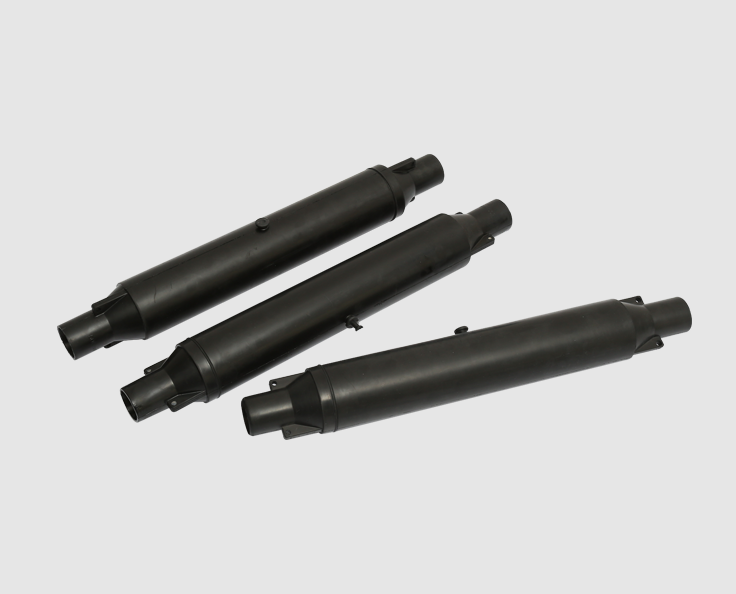Cable Terminal Heads: Functions, Types, and Key Applications

Cable terminal heads are integral components in electrical systems, ensuring a secure and reliable connection between cables and electrical equipment. These devices are designed to terminate cables at the end of a line, providing a secure, insulated, and mechanically stable interface. By facilitating proper connections, cable terminal heads play a crucial role in maintaining the safety, efficiency, and longevity of electrical installations across various industries, from residential to industrial applications.
The primary function of cable terminal heads is to protect and secure the exposed end of a cable. Electrical cables, especially high-voltage cables, need to be properly terminated to prevent accidents such as short circuits, electrical fires, or damage to connected equipment. A cable terminal head covers the cable’s exposed wires, ensuring they do not come into direct contact with other conductors or conductive surfaces, which could result in dangerous electrical faults. These terminal heads are designed with insulating materials to prevent leakage currents, ensuring safety in both low and high-voltage systems.
Cable terminal heads also facilitate the mechanical connection of cables to other electrical devices, such as circuit breakers, transformers, or switchgear. The design of these terminals ensures that cables are securely fastened and tightly connected, preventing accidental disconnections or loosened connections over time. A loose connection could lead to power loss, system inefficiencies, or potential damage to the electrical components. By using a well-designed terminal head, the integrity of the electrical system is maintained, contributing to its overall performance and reliability.
In addition to providing secure connections, cable terminal heads also offer protection against environmental factors. These heads are often manufactured from durable, weather-resistant materials that can withstand extreme temperatures, humidity, and even corrosive conditions. This makes them suitable for use in a wide range of environments, from outdoor installations to industrial settings where electrical systems are exposed to harsh conditions. The ability of cable terminal heads to resist corrosion, dust, moisture, and other contaminants is essential for maintaining the reliability and longevity of electrical systems, reducing the need for frequent maintenance and repairs.
Another important feature of cable terminal heads is their adaptability to different cable types and sizes. These terminal heads are designed to accommodate a wide range of cables, including power cables, control cables, and communication cables, making them versatile components in various electrical applications. They can be tailored to meet the specific requirements of the cable and the electrical system, ensuring that the termination is done efficiently and effectively.
Cable terminal heads are used in various industries, including power generation, transmission, and distribution, as well as in manufacturing, telecommunications, and construction. In power transmission systems, for example, terminal heads are essential for the termination of high-voltage cables, which are critical for transporting electricity over long distances. In industrial settings, these terminal heads are used to connect machinery and equipment, ensuring a stable power supply for operations. The versatility of cable terminal heads also extends to telecommunication systems, where they are used to secure connections for data and communication cables.
In conclusion, cable terminal heads are crucial components that ensure the safety, security, and functionality of electrical systems. By providing insulation, mechanical stability, and protection from environmental elements, they play a key role in maintaining the performance and reliability of electrical installations. Their versatility across various industries further emphasizes their importance in modern electrical systems, making them indispensable for both residential and industrial applications.
- Art
- Causes
- Crafts
- Dance
- Drinks
- Film
- Fitness
- Food
- Giochi
- Gardening
- Health
- Home
- Literature
- Music
- Networking
- Altre informazioni
- Party
- Religion
- Shopping
- Sports
- Theater
- Wellness


